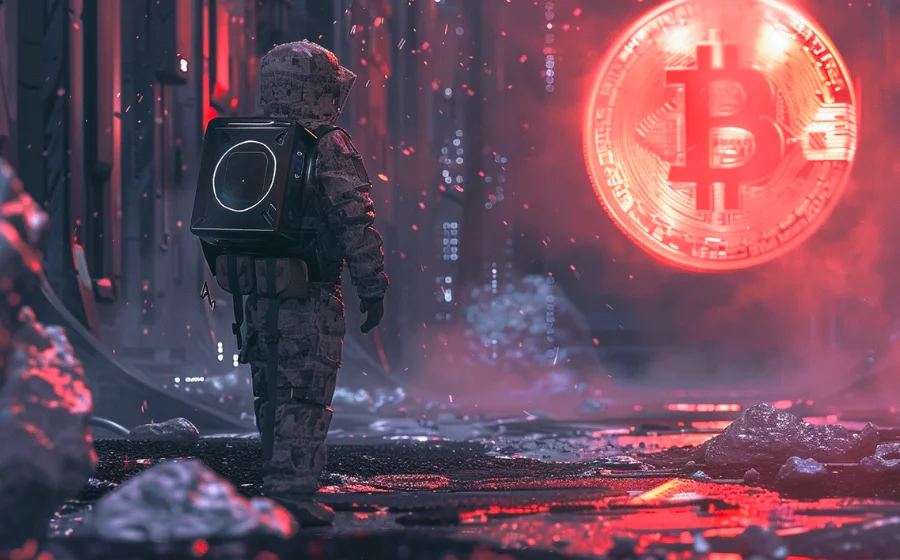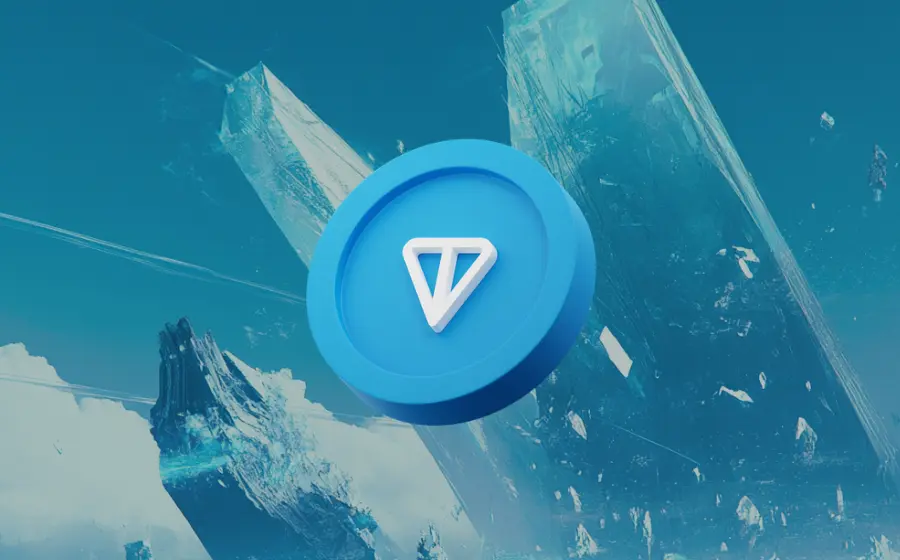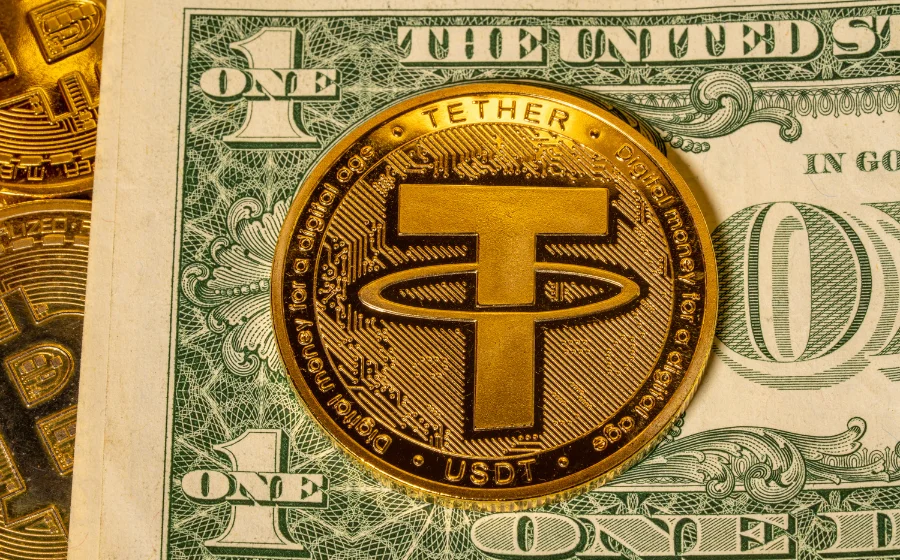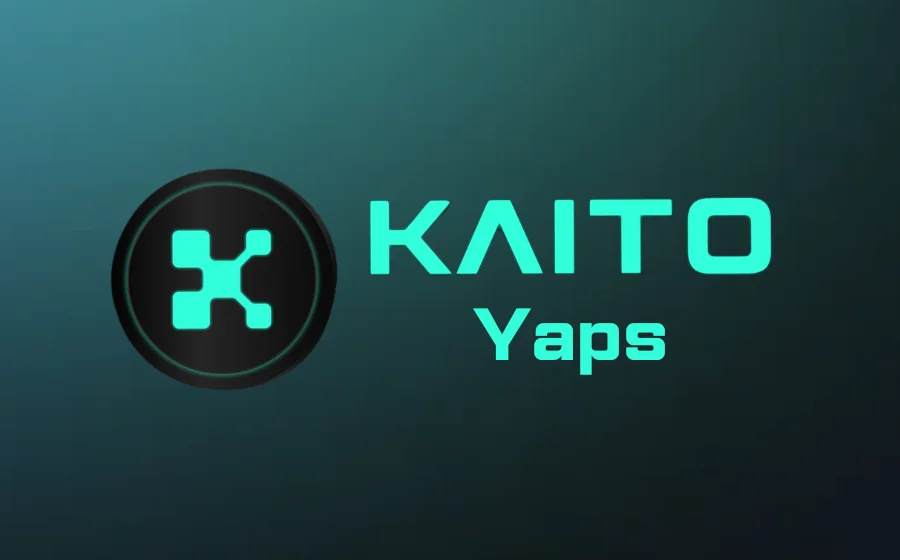
KEYTAKEAWAYS
- The metaverse bridges digital and physical spaces, creating interactive, immersive online experiences.
- Blockchain powers decentralized, secure transactions and digital assets, shaping the metaverse ecosystem.
- Crypto offers borderless payments in the metaverse and has potential as legal tender in some countries.

CONTENT
Metaverse‘s evolution and the role of blockchain and crypto, offering secure, decentralized systems to power immersive virtual worlds.
The rise of blockchain technology and crypto has become essential to the development of the metaverse. Numerous projects are diving deep into these technologies to create decentralized, immersive virtual worlds.
This article provides a brief history of the metaverse and explores the role of cryptocurrencies in its evolution.
WHAT IS THE METAVERSE?
The “metaverse” refers to a collective virtual space where the physical and digital worlds converge.
Although science fiction enthusiasts have explored the concept for years, only recently have technological advancements and widespread internet access made the realization of the metaverse seem possible.
Blockchain technology is playing an increasingly critical role in the metaverse, as it provides the essential decentralized infrastructure needed to build secure platforms within this emerging digital space.
The metaverse currently lacks a precise definition. Generally, it’s seen as a virtual space that bridges digital and real-world life. Some view the metaverse as an evolved version of the internet, offering an interactive and immersive online experience.
Defining the metaverse is challenging because it’s not merely a product, service, or project. Instead, it combines various technologies, including the internet, augmented reality (AR), virtual reality (VR), AI, 3D reconstruction, and the Internet of Things (IoT).
In the sci-fi origins of the term “metaverse,” it was depicted as a highly immersive, interactive virtual world. Today, blockchain technology and crypto are gradually bringing this concept closer to reality.
The “Web3 movement” demonstrates that the metaverse isn’t limited to a sci-fi theme—it may already be part of our world. Web3 has created an ecosystem encouraging developers to build metaverse-like “decentralized applications (DApps)”, such as play-to-earn (P2E) games.
Games like “Axie Infinity”, “The Sandbox’, and “Decentraland” already embody metaverse elements, connecting aspects of players’ real lives to the online world.
>>> More to read : What Is Web3: The Next Evolution of The Internet
THE ROLE OF BLOCKCHAIN AND CRYPTO IN THE METAVERSE
Blockchain technology and crypto are foundational pillars in the development of the metaverse, supporting its growth and shaping its ecosystem.
These technologies bring security, ownership, and decentralized control to virtual worlds, paving the way for a more open and immersive experience. Key contributions include:
- Blockchain Infrastructure
Blockchain provides the secure and transparent infrastructure needed for transactions within the metaverse, while crypto serves as a fast and secure medium for value transfer.
- NFTs on Ethereum and Other Chains
Ethereum and other L1 chains, such as SOL and SUI, enable users to create NFTs, serving as unique virtual assets within the metaverse.
- Decentralized Applications (DApps)
DApps support the decentralization of metaverse services and functions, preventing control by any single organization. They empower users to own and control their data and assets, offering greater security and autonomy compared to traditional centralized applications.
>>> More to read :
What is NFT and How Does It Work?
What Are Decentralized Apps (DApps)?
-
Blockchain Applications in the Metaverse
As people begin to live in the virtual world of the metaverse, what will the currency system look like? In fact, blockchain applications in the metaverse extend beyond NFTs, with crypto being another frequently discussed blockchain application.
Crypto is a decentralized currency system built on blockchain technology. Thanks to the decentralized nature of blockchain, crypto cannot be monopolized by any single institution or government.
Its issuance is embedded within unchangeable smart contracts, preventing the inflationary issues of fiat currency, which can result from excessive printing due to governmental monetary policies.
Crypto not only allows for borderless, exchange-free payments within the metaverse but also shows great potential in the real world. Countries like the Central African Republic and El Salvador have already made cryptocurrencies (such as Bitcoin) legal tender.
For these developing countries, the high cost of printing their own fiat currency and the lack of control over monetary policy when using the US dollar make them vulnerable to inflation driven by excessive dollar printing, which can impact their economic stability.

THE FUTURE OF THE METAVERSE
The metaverse has seen substantial growth in recent years, yet the infrastructure and services needed to support its expansion are still in development.
For instance, the technologies powering virtual environments require further advancements to create more realistic and engaging experiences.
Key needs for metaverse development include:
✎ High-speed, low-latency networks: To support a large number of users interacting in real-time.
✎ Tools and platforms: For creating and sharing immersive virtual experiences.
✎ Enhanced privacy, security, and governance: To ensure a safe, inclusive environment for all users.
Additionally, further technological innovations could enhance the metaverse, such as:
✎ Augmented reality (AR) and virtual reality (VR): For immersive, interactive experiences.
✎ Artificial intelligence (AI) and machine learning: To create responsive, realistic avatars and environments.
✎ 3D engines and rendering: For high-quality visual representation of digital worlds.
✎ Cloud computing and edge computing: For improved processing and access to data.
✎ 6G connectivity: To enable faster, more reliable connections across vast virtual spaces.
While it may be premature to claim the metaverse will become the “killer app” for blockchain technology, blockchain’s strengths in:
✎ Secure and transparent transaction recording
✎ Support for digital asset creation
✎ Fostering new application innovation
…make it a promising candidate for supporting the development and operation of the metaverse.
>>> More to read : What Is Web3: The Next Evolution of The Internet


















